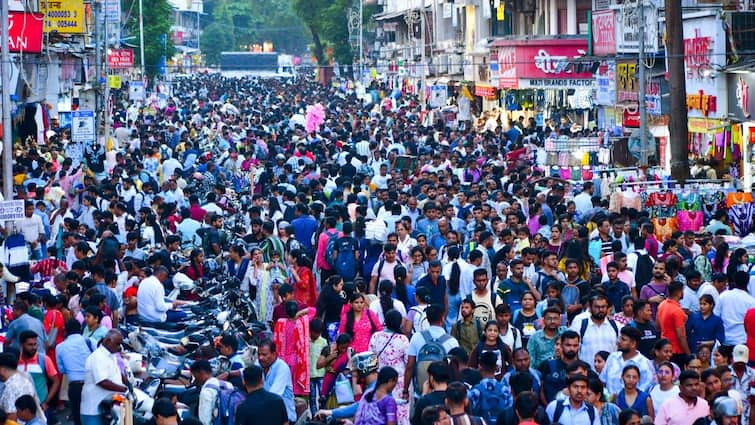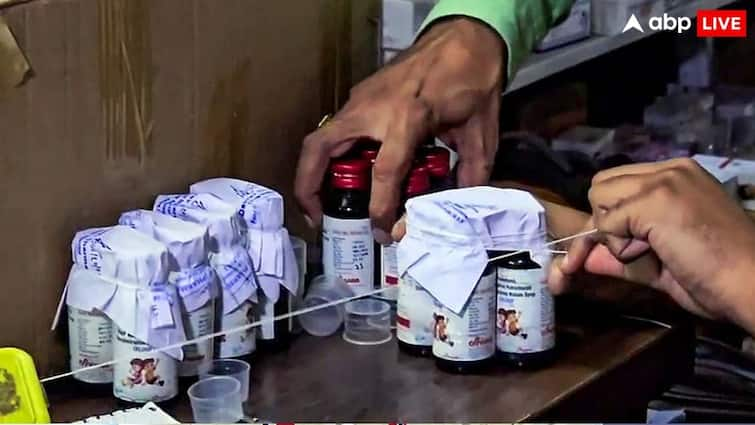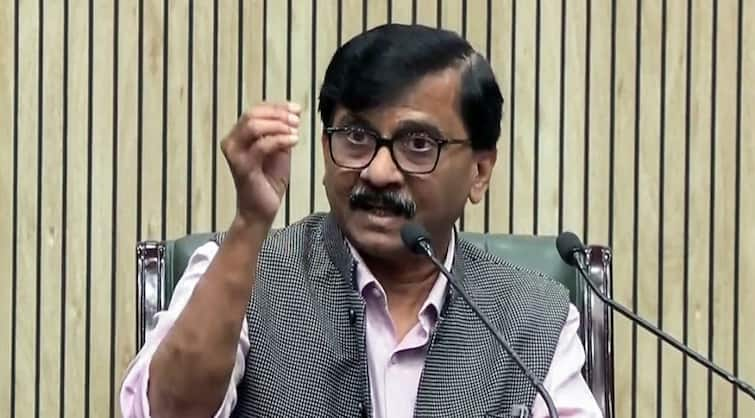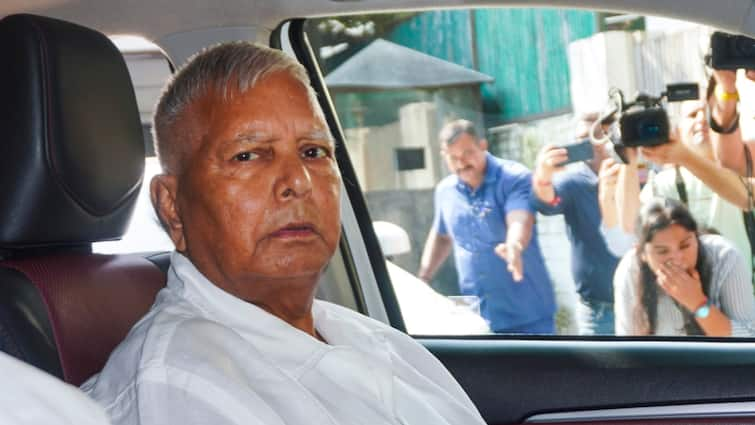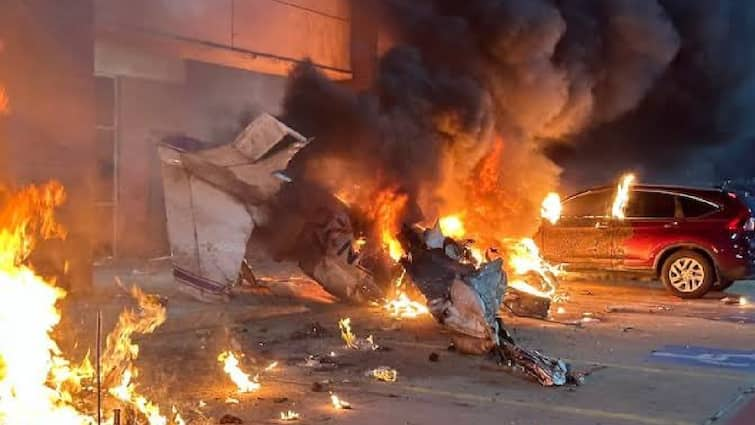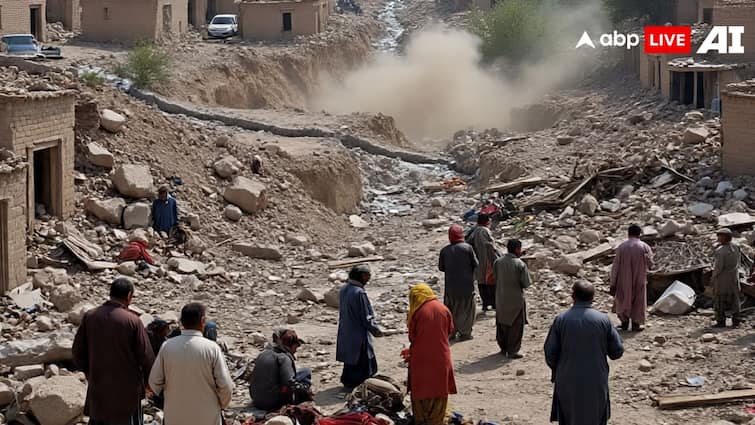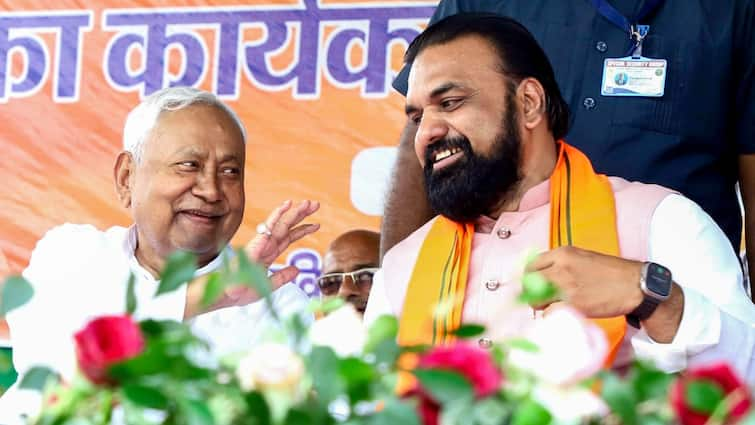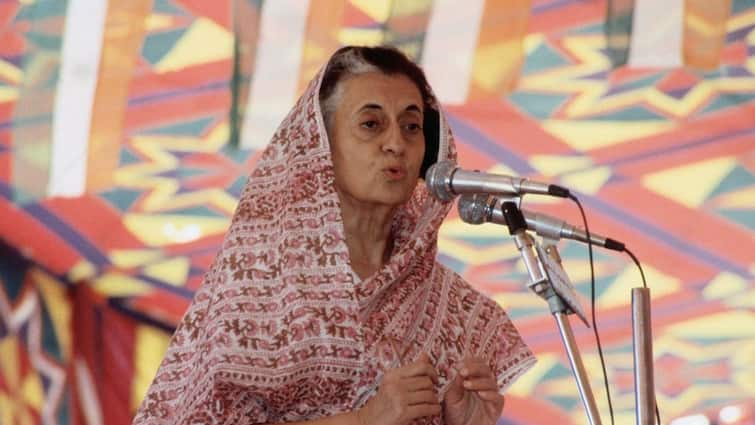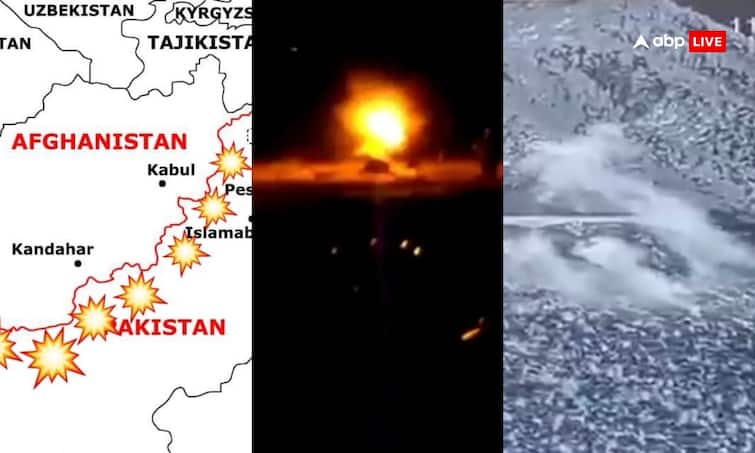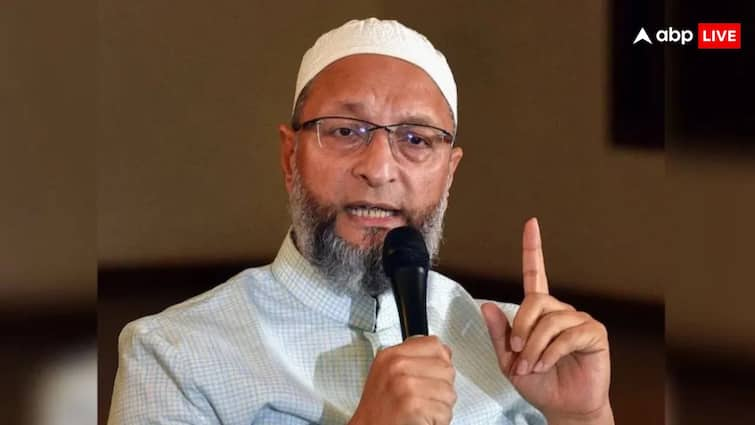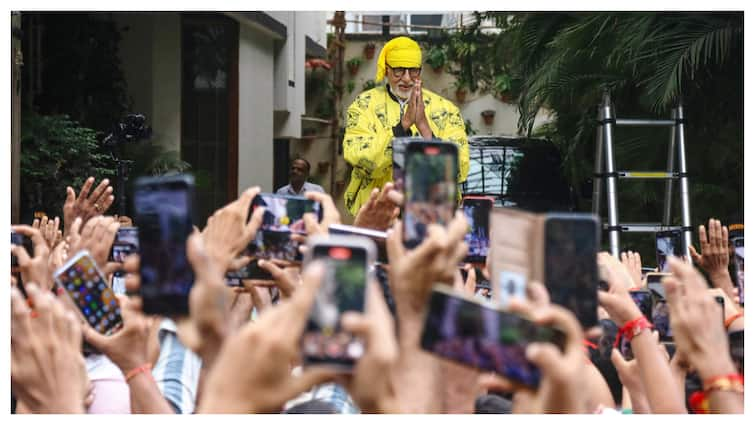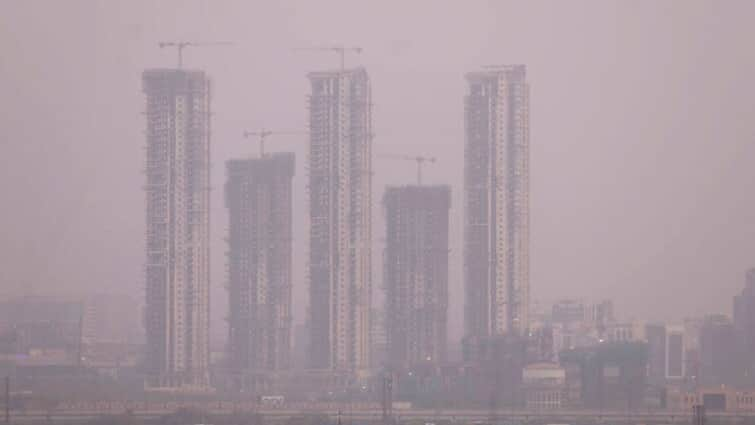
As winter sets in, Delhi’s air quality is projected to worsen from Wednesday, according to the India Meteorological Department (IMD). The city’s air is expected to remain in the “moderate” category on Monday and Tuesday before dipping into the “poor” range for six consecutive days starting October 15.
“The air quality is very likely to be in the Moderate category from October 13–14. From October 15 onwards, it is expected to be in the Poor category for nearly a week,” the IMD said in its latest bulletin.
Recent Trends and Contributing Factors
Delhi’s air quality showed slight improvement on Sunday, after hovering near the “poor” category a day earlier. The average Air Quality Index (AQI) stood at 167 (“moderate”) on Sunday, down from 199 on Saturday, aided by steady winds of 10–15 kmph.
However, stubble-burning activity has shown a marginal increase, contributing 0.8 per cent to the city’s pollution, up from 0.4 per cent the previous day, according to the Centre’s Decision Support System (DSS).
The Ministry of Earth Sciences’ Early Warning System also predicted that air quality will remain in the “moderate” range until October 14, turning “poor” from October 15 and likely staying there for about a week.
According to the Central Pollution Control Board (CPCB), Delhi last recorded “poor” air on June 11, when the AQI reached 245. Since then, the capital has experienced 123 days of cleaner air — 77 in the “satisfactory” range and 46 in the “moderate” category.
Why Pollution Rises in October
Delhi’s air typically worsens in October due to a mix of meteorological and anthropogenic factors or the retreat of the monsoon, cooling temperatures, stubble burning in neighbouring states, and festive fireworks.
Lower wind speeds and cooler air cause a “temperature inversion,” trapping pollutants close to the surface. Smoke from crop residue burning in Punjab and Haryana, carried by northwesterly winds, adds to the haze, with pollution levels usually peaking in early November.
Main Sources of PM2.5 Pollution
On Sunday, vehicular emissions were the biggest source of PM2.5 pollution in Delhi, accounting for 19.8%. They were followed by emissions from Sonipat (9.2 per cent) and Jhajjar (5.1 per cent), while farm fire contributions remained relatively limited this year. Between September 15 and October 11, Punjab reported 116 stubble-burning incidents and Haryana 11, compared to 533 and 280 during the same period last year.
Weather Conditions and Government Response
Delhi recorded a maximum temperature of 31.5°C and a minimum of 19.6°C on Sunday. The IMD forecast clear skies and cool northwesterly winds in the coming days, with maximum temperatures expected to rise to around 34°C by Wednesday.
Environment Minister Manjinder Singh Sirsa noted that Delhi has recorded 199 days with an AQI below 200 this year — nearly double the figure in 2016 — reflecting what he described as “real improvement on the ground.”
Doonited Affiliated: Syndicate News Hunt
This report has been published as part of an auto-generated syndicated wire feed. Except for the headline, the content has not been modified or edited by Doonited








